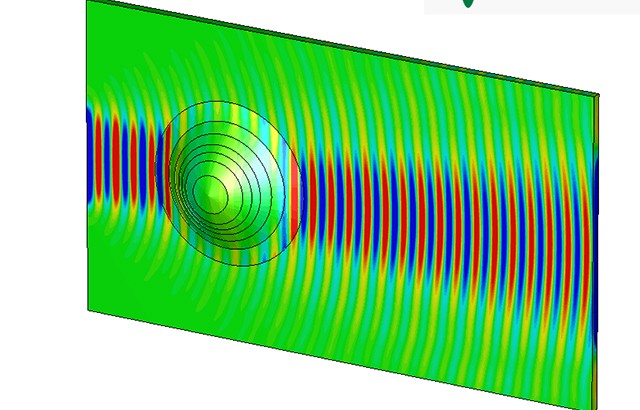The famous "invisibility cloak" in Harry Potter can now become reality as scientists are developing a new breakthrough material that can manipulate light and make objects appear invisible.
Researchers from the Queen Mary University of London have created a new composite coating that can enhance certain properties of electromagnetic radiation such as light particles. When the material is in proper focus, curved subjects appear to be flat due to this type of radiation. With the help of nanoparticles, scientists made these objects "disappear" due to an arrangement of particles called graded index nanocomposite.
A cloak is far from becoming a reality where one can simply hide underneath it and disappear, however, this can be one step closer to new generation antennas that can be mounted on different sorts of surfaces and angles.
According to Yang Hao of the School of Electronic Engineering and Computer Science at Queen Mary University of London, this design is based from transformation optics which can potentially mimic the concept of an invisibility cloak. Past research have already proven this method within a single frequency however, in this new study, this composite can work within a wider range of frequencies that can also be utilized for engineering applications like nanoantennas and in the aerospace industry as well.
The technology lies behind a nanocomposite medium of several layers, where each of them can interact with electromagnetic radiation in a different manner. This can now allow a covered object to become hidden even if it is viewed from different wavelengths. This method works due to refraction of absorption of light, as special materials can prevent light from reflecting back, making the material invisible from the viewer.
During experiments, scientists coated an object the size of a tennis ball with a multi layer nanocomposite medium and successfully created an invisible appearance. This new method also involves using separate layers of various properties, that can also be applied to waves such as soundwaves.
This new study is published in the journal, Nature Scientific Reports.



























